1970's
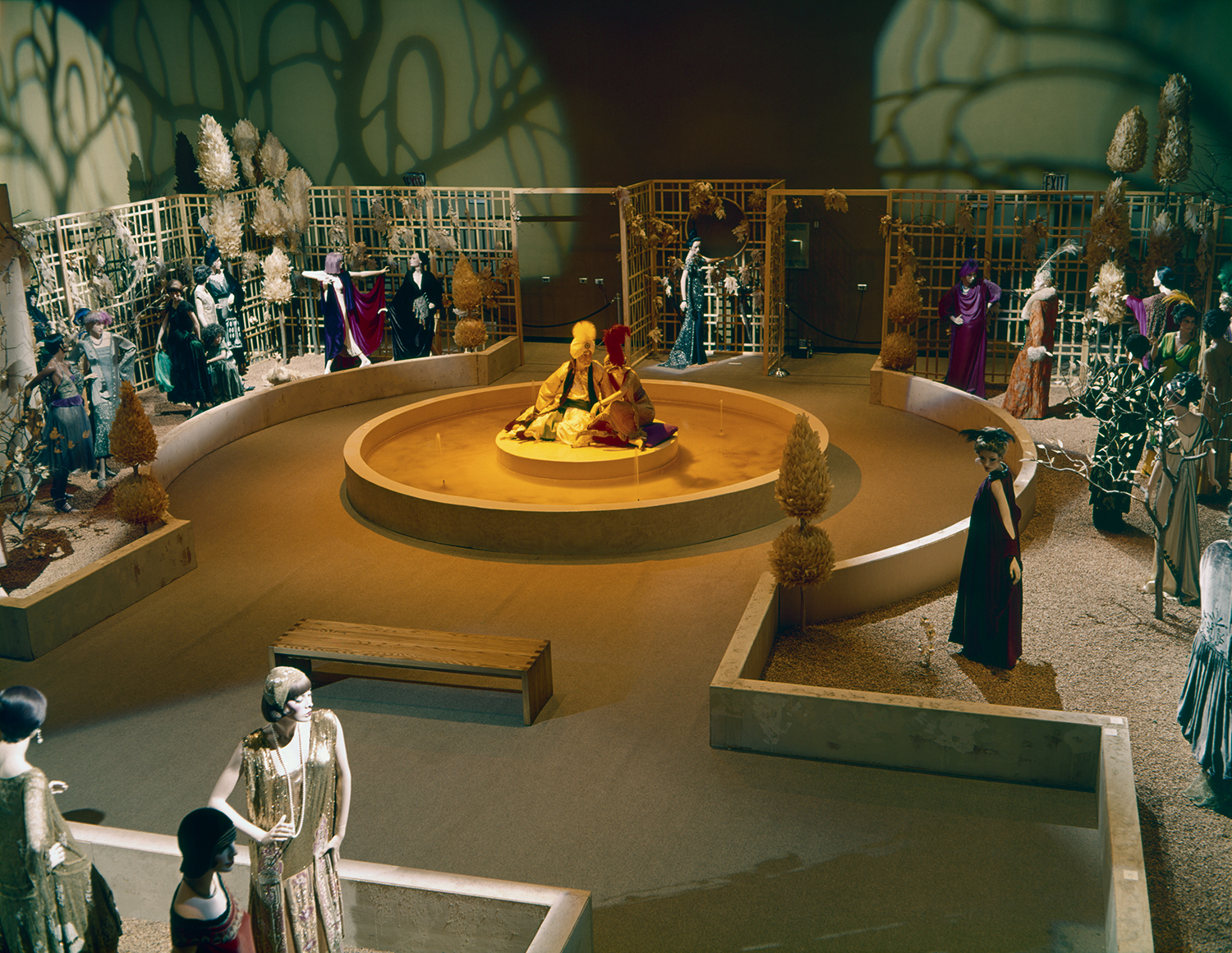
May 25 - September 11, 1976
Paul Poiret, King of Fashion
Paul Poiret, King of Fashion
The Fashion Institute of Technology has organized this retrospective exhibition of the genius who was known in his lifetime as the King of Fashion – the man who liberated women’s bodies by abolishing the corset – whose imaginative creations were the ruin of a stodgy society – who was the father of modern dressmaking.
In presenting the exhibition in celebration of our Bicentennial, we honor not only our political debt to France through the...
1980's
February 24 - April 18, 1987
Three Women: Kawakubo, Vionnet, McCardell
Three Women: Kawakubo, Vionnet, McCardell
Three Women: Madeleine Vionnet, Claire McCardell, and Rei Kawakubo is an examination of construction and style in three great designers of the twentieth century. Each designer, in a a separate era of the century, provided a new concept and vision of dress. They reformulate and reform dress. All three offer clothing design as a conceptual and radical enterprise. They posit ideas as they work with material; they realize a definition of woman as they create...
2000's
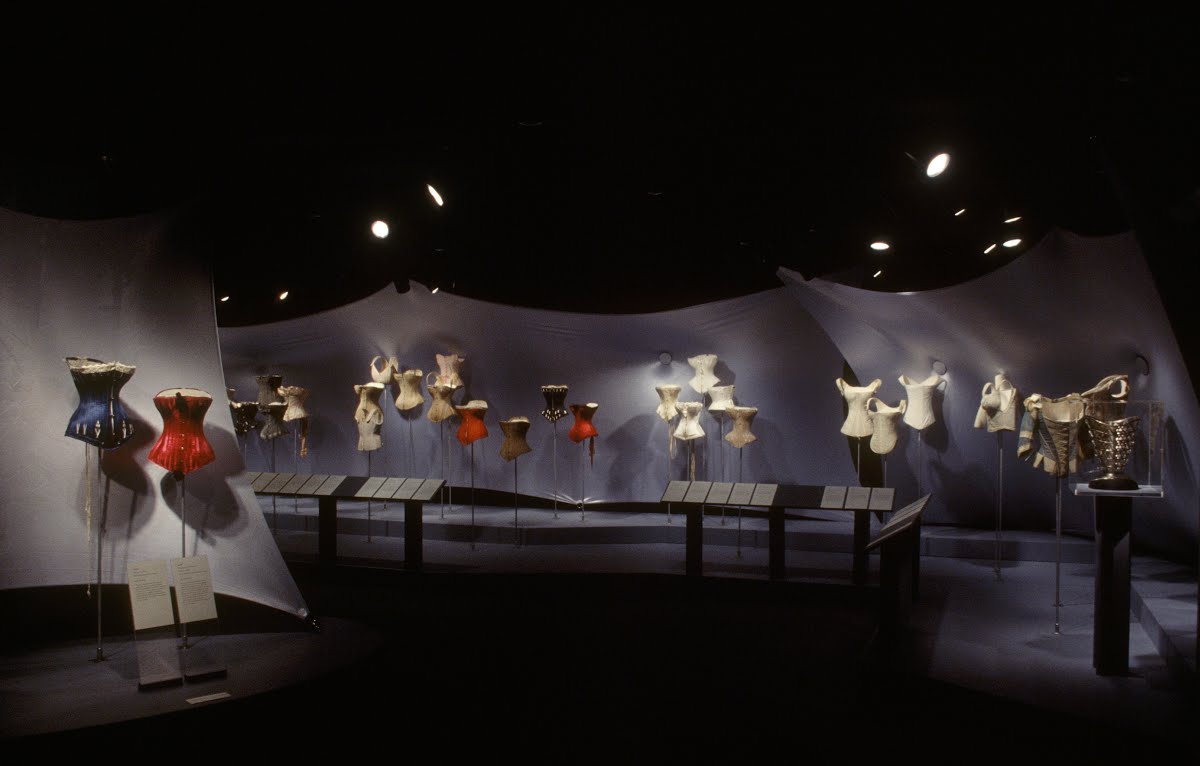
January 25 - April 22, 2000
The Corset: Fashioning the Body
The Corset: Fashioning the Body
The corset was one of the sexiest items of clothing in the history of fashion — and one of the most controversial. Like the high-heeled shoe, it is viewed as both an icon of erotic femininity and an instrument of women’s oppression. The Museum at FIT examined the social and cultural significance of the corset throughout fashion history in the exhibition The Corset: Fashioning the Body.
Curated by Valerie Steele, chief curator...
February 1 - April 19, 2008
Madame Grès: Sphinx of Fashion
Madame Grès: Sphinx of Fashion
Madame Alix Grès (1903-1993), was one of the twentieth century’s most brilliant couturiers. During a career that spanned six decades, beginning around 1930 and lasting until 1988, she developed unique construction techniques that allowed her to craft garments of exquisite sculptural beauty. Because Grès draped each garment by hand and eschewed novel, thematic collections, her work has often been described – inaccurately – as free from the quixotic dictates of fashion. The fact is that...
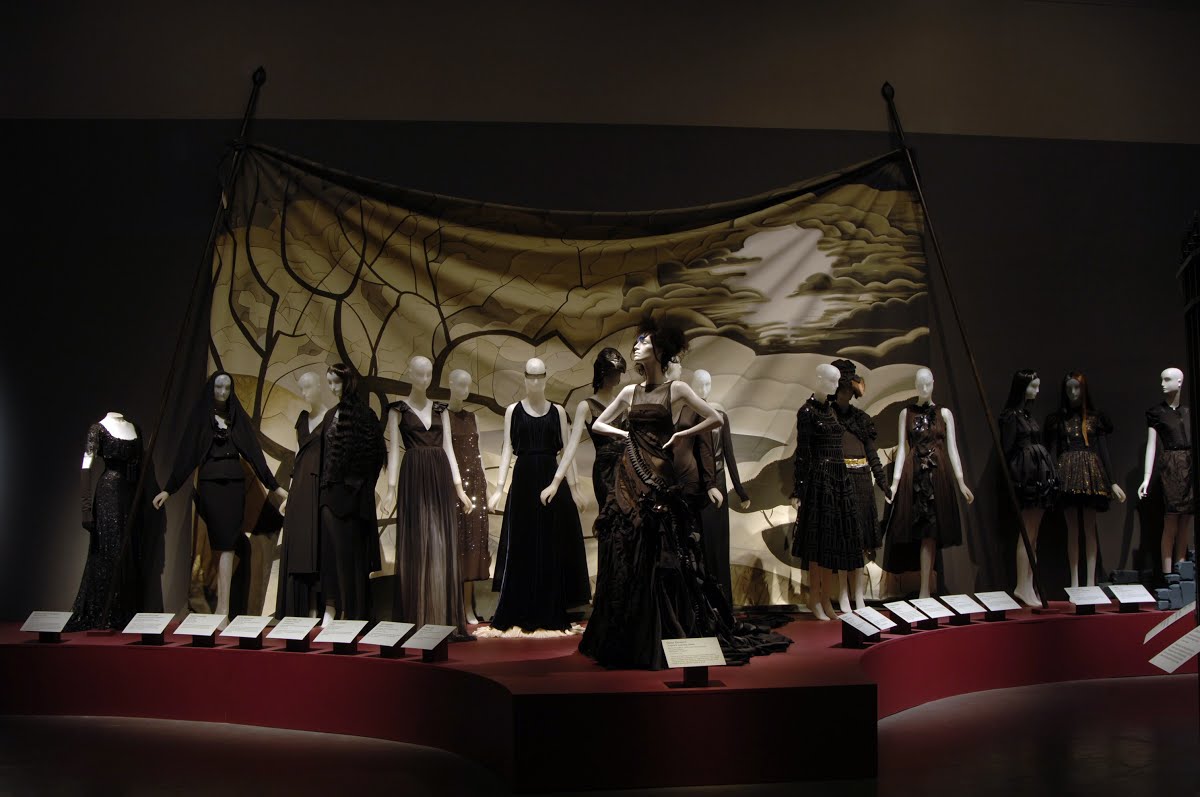
September 5, 2008 - February 21, 2009
Gothic: Dark Glamour
Gothic: Dark Glamour
Gothic is an epithet that evokes images of death, destruction, and decay. Such negative connotations have made the gothic an ideal symbol of rebellion for a wide range of cultural outsiders. From its origins in 18th century gothic literature of terror to its contemporary manifestations in vampire literature and cinema, the gothic has embraced the powers of horror and the erotic macabre. Throughout its history, fashion has been central to our vision of the gothic....
December 9, 2008 - June 16, 2009
Seduction
Seduction
Seduction is traditionally defined as an act of temptation and enticement, often sexual in nature. Throughout history, men and women have utilized seductive clothing to enhance physical attractiveness, as well as to convey a sense of power and social status. Seduction, the first chronological survey to explore 250 years of sexuality in fashion, examined the complex relationship between seduction and clothing, presenting a visual history of sexuality, moral standards, and social norms all observed through...
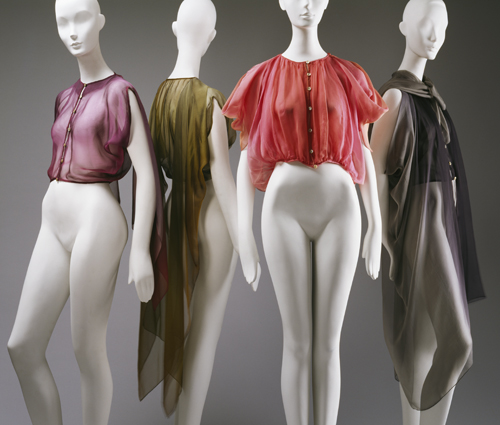
June 17 - September 26, 2009
Isabel Toledo: Fashion from the Inside Out
Isabel Toledo: Fashion from the Inside Out
The Cuban-born fashion designer Isabel Toledo is often described as “a designer’s designer.” Although she is little known to the general public, her work is greatly admired by members of the fashion community. As the late fashion journalist Amy Spindler once wrote, “Only great designers can dispense with themes and theatrics and let the work speak instead. Ms. Toledo does just that, letting fashion itself be the theme.”
July 7, 2009 - November 7, 0200
Fashion & Politics
Fashion & Politics
Featuring over one hundred costumes, textiles and accessories, Fashion & Politics examined the rich history of politics in fashion. The exhibition’s introductory gallery explored the theme of American nationalism and features a woman’s costume, circa 1889, printed with an American flag motif, as well as Catherine Malandrino’s iconic Flag Dress, worn by numerous celebrities and socialites to express patriotism after 9/11, and then again in response to the 2008 elections. Also featured was an “IKE”...
2010's
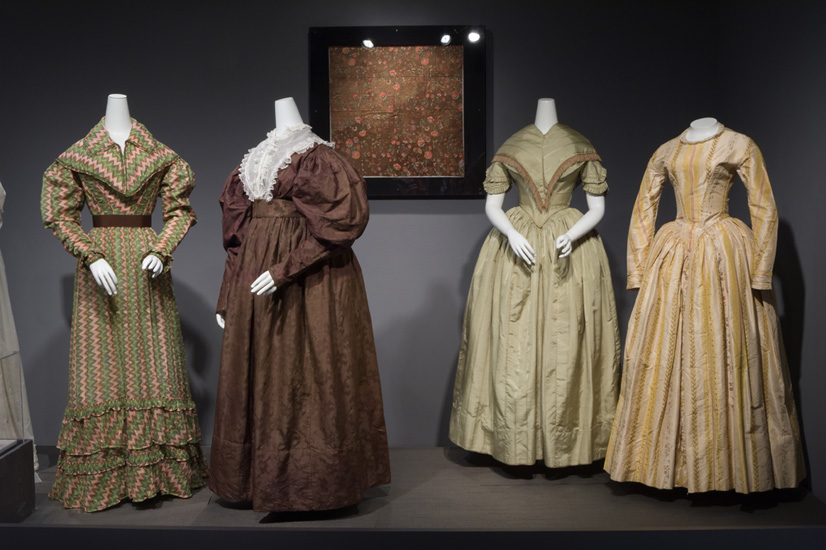
May 26 - November 13, 2010
Eco-Fashion: Going Green
Eco-Fashion: Going Green
Eco-Fashion: Going Green explored the evolution of the fashion industry’s multifaceted and complex relationship with the environment. By examining the past two centuries of fashions, good and bad, environmental and ethical practices, Eco-Fashion: Going Green provided historical context for today’s eco-fashion movement.
Presented chronologically and featuring more than 100 garments, accessories, and textiles, the exhibition used contemporary methods for “going green” as a framework to study the past. The objects displayed each...
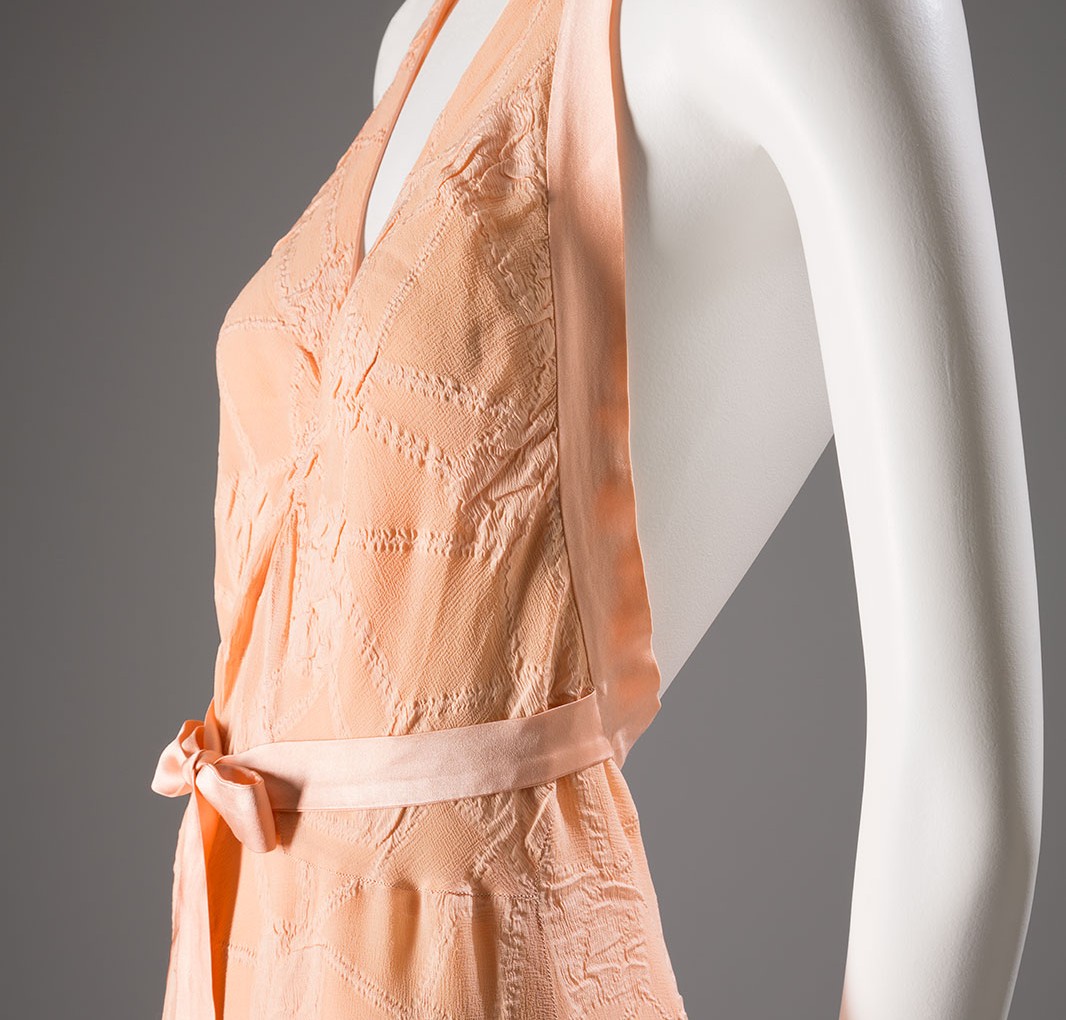
June 3 - November 15, 2014
Exposed: A History of Lingerie
Exposed: A History of Lingerie
Exposed: A History of Lingerie examined intimate apparel from the 18th century to the present, featuring over 70 of the most delicate, luxurious, and beautifully crafted objects from the museums permanent collection. Each piece illustrated key developments in fashion, such as changes in silhouette, shifting ideals of propriety, and advancements in technology.
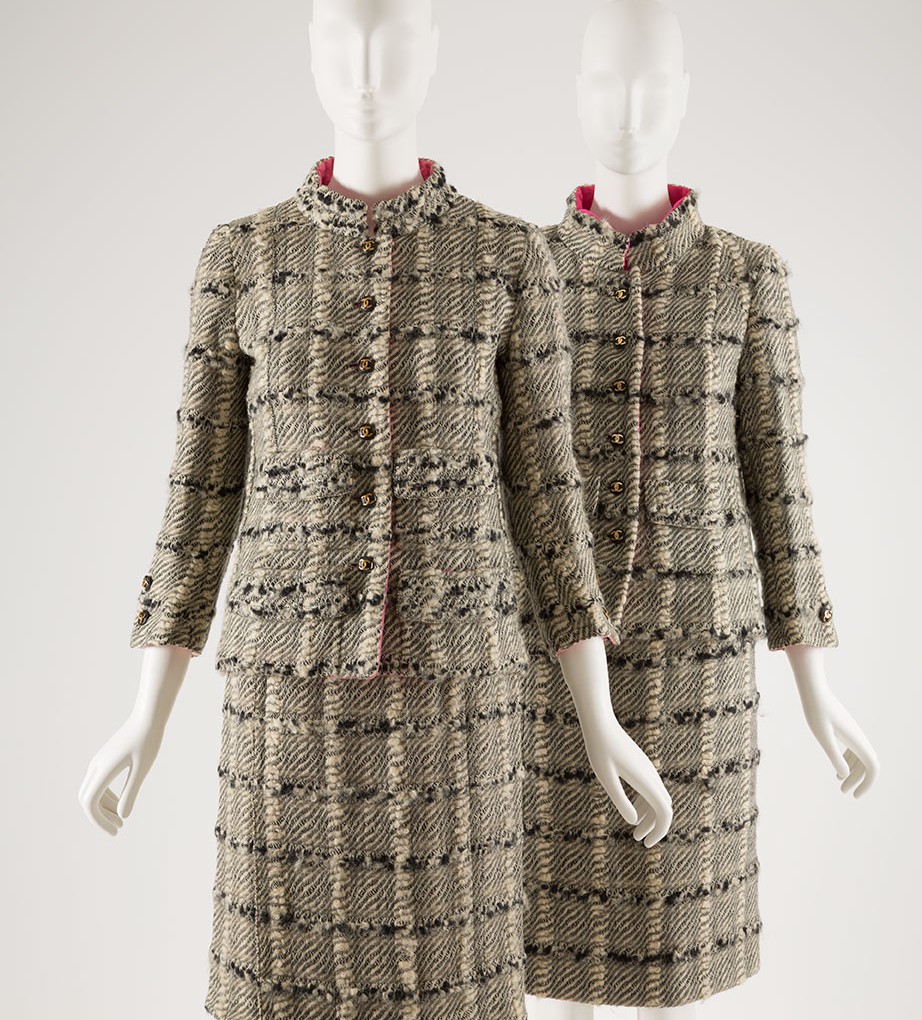
December 2, 2014 - April 25, 2015
Faking It: Originals, Copies, and Counterfeits
Faking It: Originals, Copies, and Counterfeits
Faking It: Originals, Copies, and Counterfeits explored various levels of authenticity in fashion using approximately 100 objects from the museums permanent collection. Throughout the past 150 years of fashion history, couture copies, diffusion lines, and licensing agreements have blurred the line between what is genuine and imitation. Meanwhile, the exponential growth and sophistication of the counterfeit industry has made it increasingly difficult to identify an inauthentic item. Faking It sheds light on the complexities surrounding...
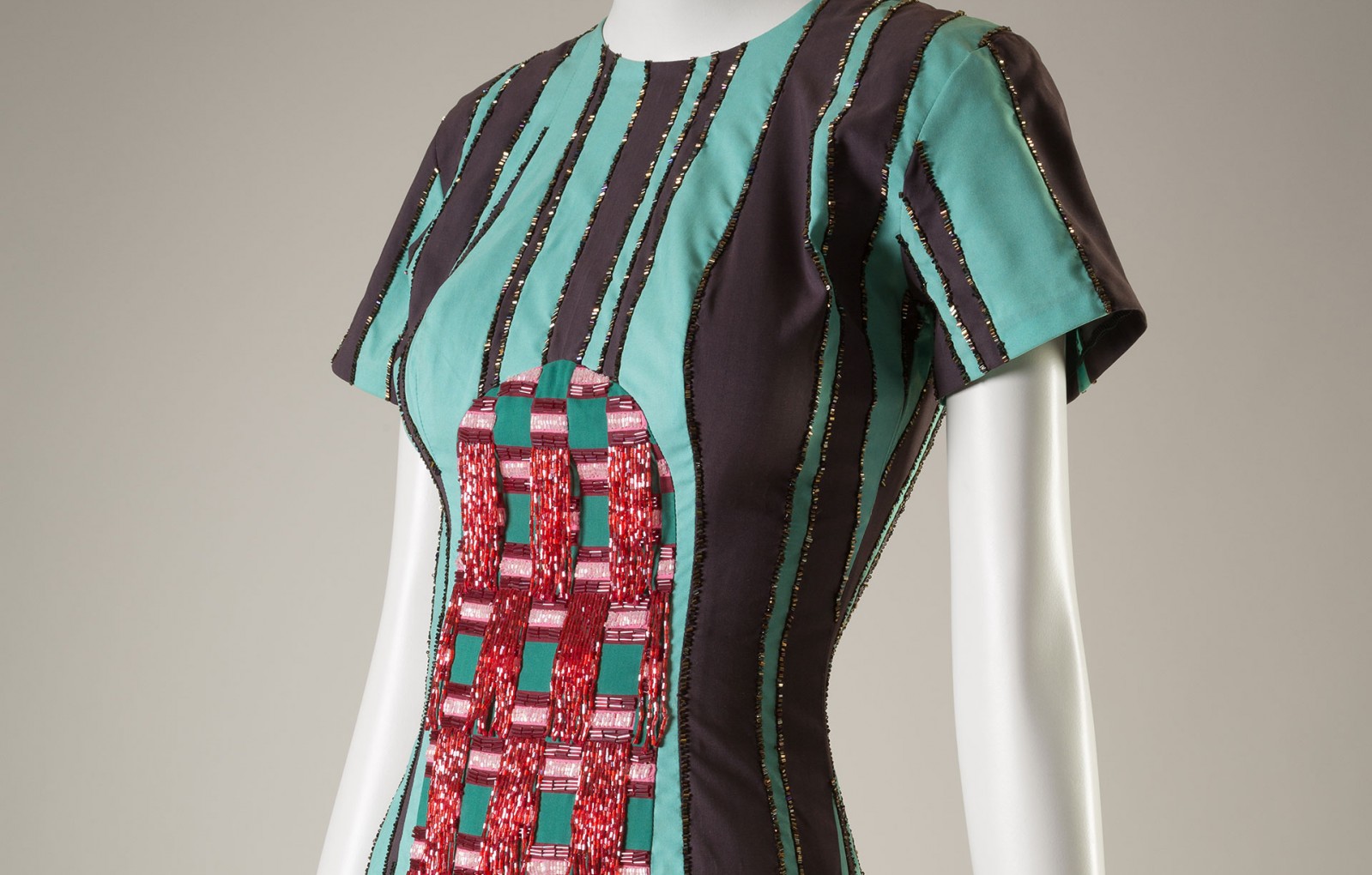
June 2 - November 14, 2015
Global Fashion Capitals
Global Fashion Capitals
The globalization of fashion has given rise to new fashion cities that now annually host hundreds of fashion weeks around the world. Each city’s cultural identity and particular economic, political, and social circumstances combine to elevate its designers to international prominence. Through over 70 objects, Global Fashion Capitals explored the history of the established fashion capitals — Paris, New York, Milan, and London — followed by Tokyo and Antwerp, and the emergence of 16 new...
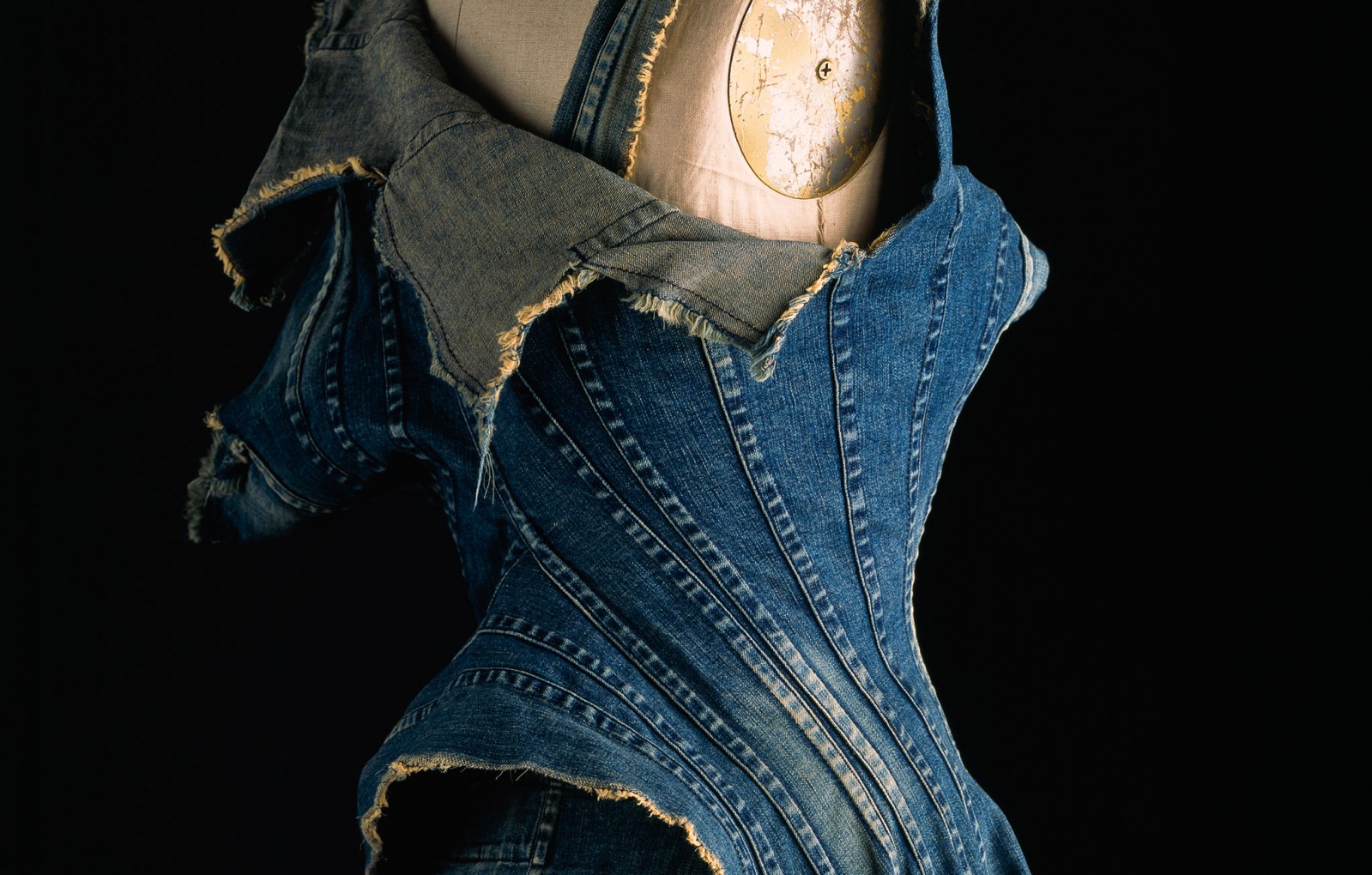
December 1, 2015 - May 7, 2016
Denim: Fashion’s Frontier
Denim: Fashion’s Frontier
Denim: Fashion’s Frontier explored the multifaceted history of denim and its relationship with high fashion from the 19th century to the present. The exhibition featured more than 70 objects from the museum’s permanent collection, many of which have never been on view. In addition to the history of jeans, Denim examined a variety of denim garments — from work wear to haute couture — in order to shed new light on how a particular style...
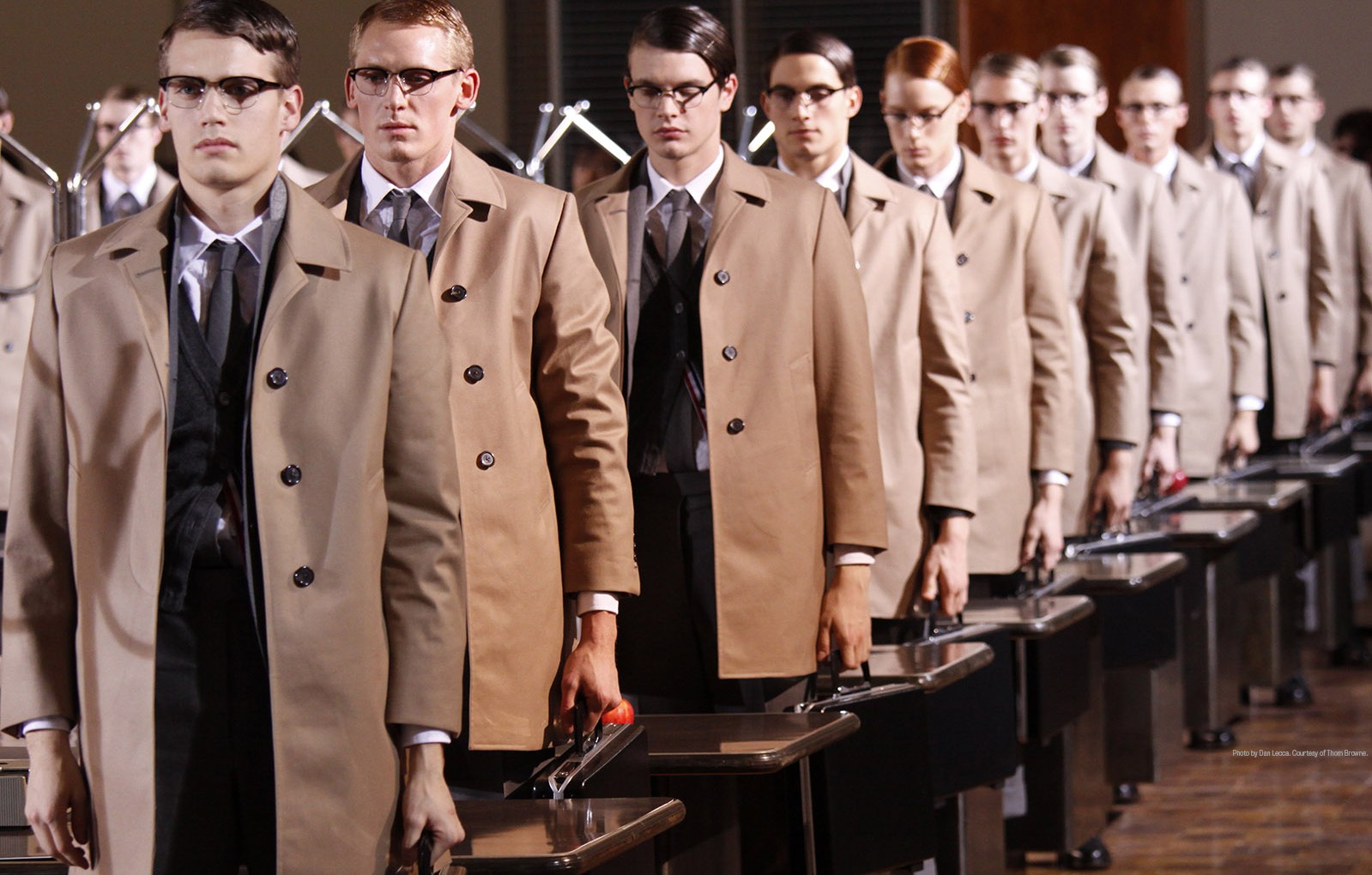
May 20 - November 19, 2016
Uniformity
Uniformity
Uniforms are the antithesis of high fashion. Where uniform design focuses on notions of functionality, control, and tradition, fashion promotes constant change, creativity, and subversion. Yet fashion has often drawn inspiration from uniforms of all kinds, taking functional features and transforming them into decorative elements. Simultaneously designed to blend in and stand out, uniforms occupy a unique place in our society. We encounter uniforms everywhere, from those of soldiers and school children, to the distinctive...
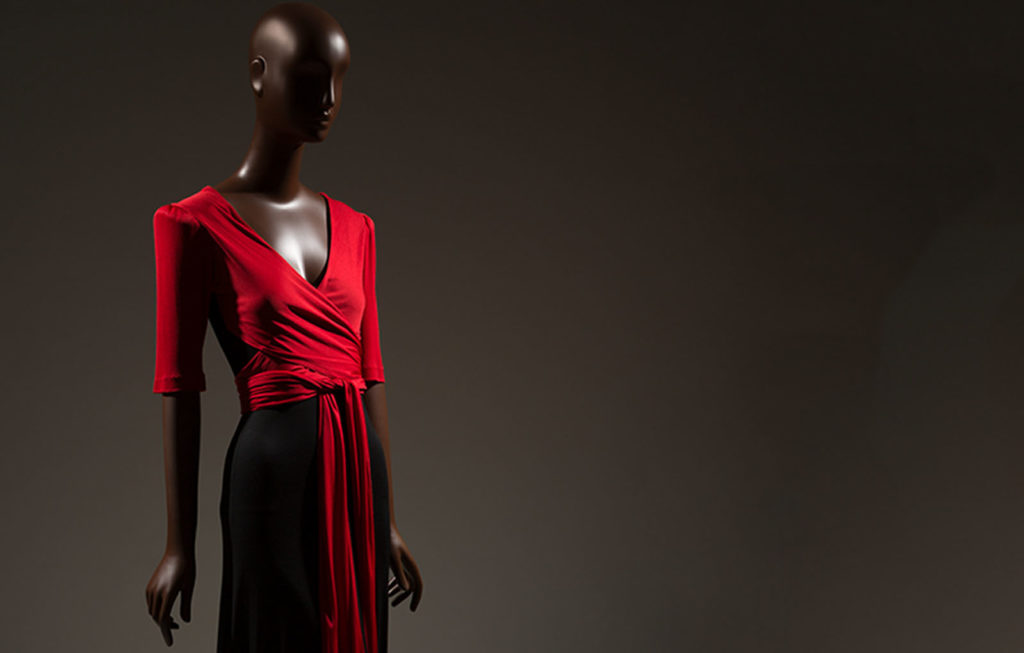
December 6, 2016 - May 16, 2017
Black Fashion Designers
Black Fashion Designers
Black Fashion Designers examined the impact made by designers of African descent on the world of fashion. Drawing exclusively from The Museum at FIT’s permanent collection, the exhibition featured approximately 75 fashion objects that illustrated the individual styles of more than 60 designers, placing them within a wider fashion context. Objects dated from the 1950s to the present, included mid-century evening gowns by Anne Lowe and the jovial, yet controversial, work of Patrick Kelly from...
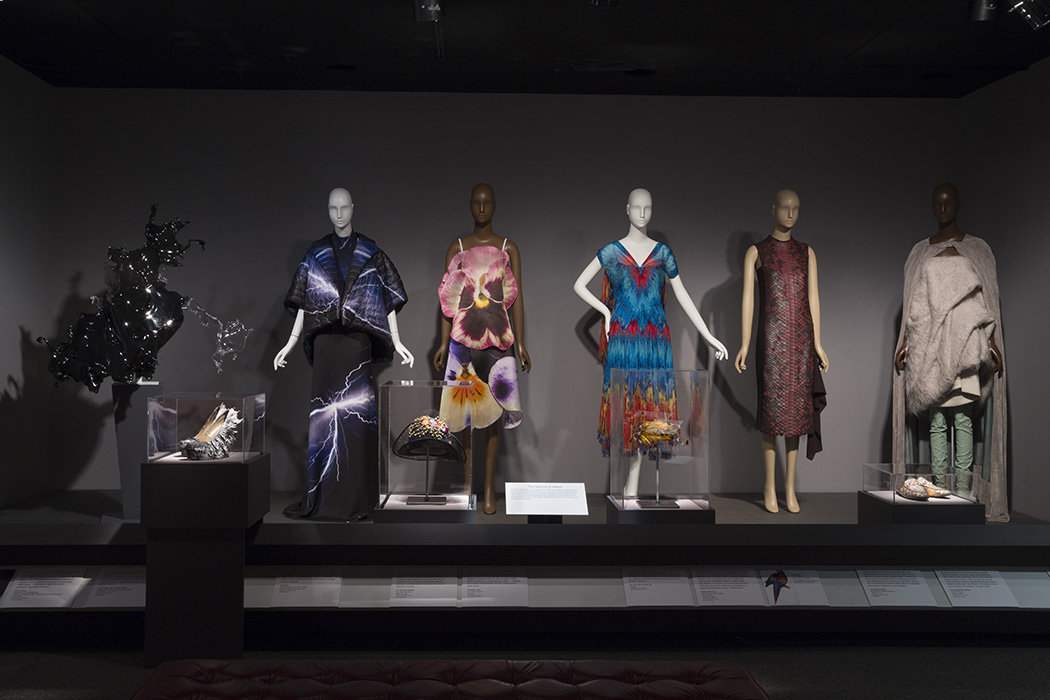
May 30 - November 18, 2017
Force of Nature
Force of Nature
Force of Nature examined how the beauty and complexity of the natural world inspired fashion designers for centuries. The exhibition placed more than 95 objects from MFIT’s permanent collection, dating from the 18th century to the present, within a context of period philosophies and scientific literature in order to demonstrate the deep interconnectedness between fashion and nature.
A 1775 robe à l’anglaise with a naturalistic pattern of fruit and flowers, illustrated a...
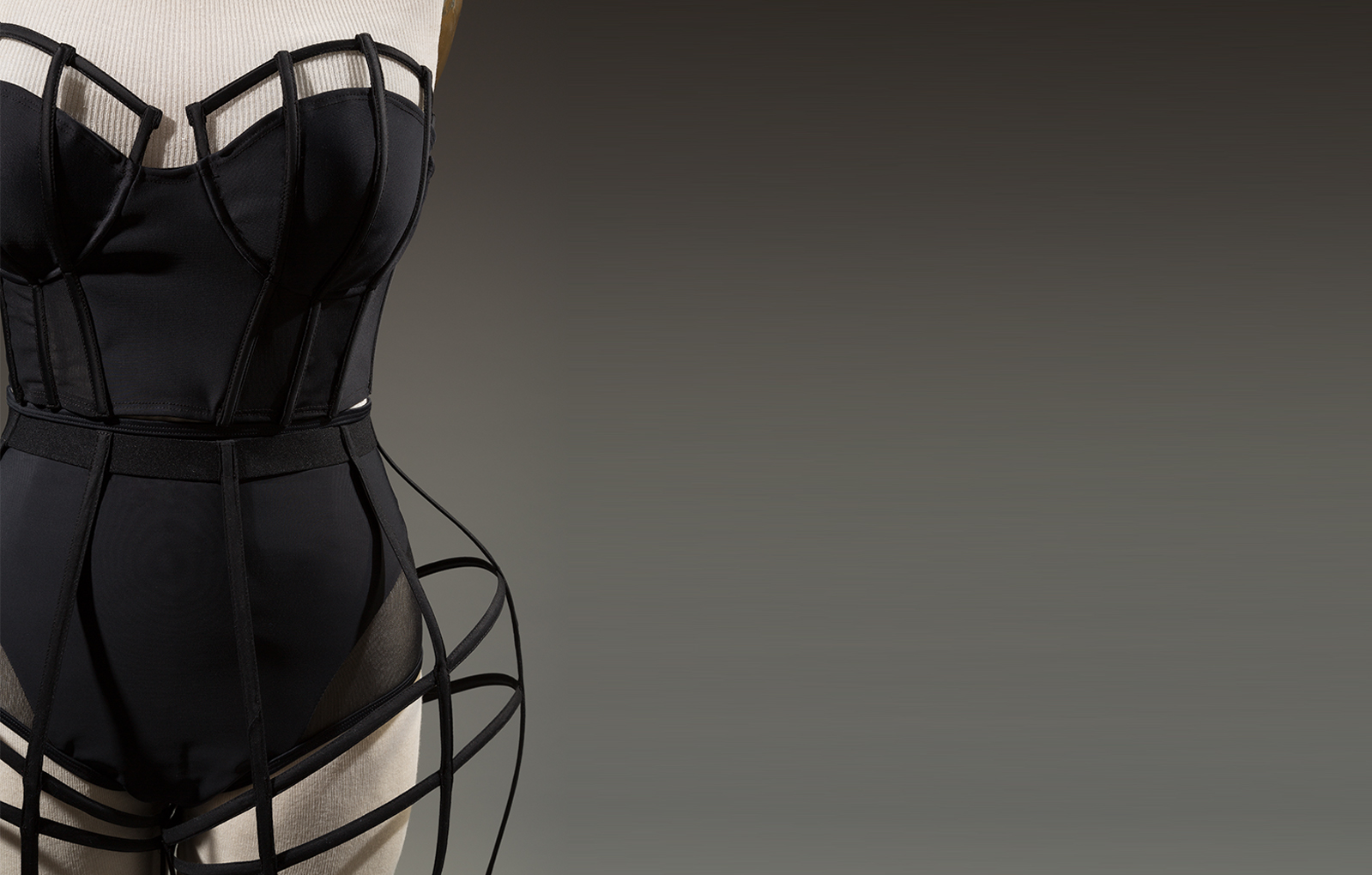
December 5, 2017 - May 5, 2018
The Body: Fashion and Physique
The Body: Fashion and Physique
Fashion is inextricably linked to the physical form of the wearer. The cut of a garment draws the eye to zones of the body, simultaneously accentuating and concealing in order to achieve a desired silhouette. Elaborate undergarments, diet regimens, exercise routines, and even plastic surgery have all been promoted as necessary tools for attaining the ideal fashion shape. However, the idealized fashionable body is a cultural construct. Over the last 250 years, full hips, narrow...
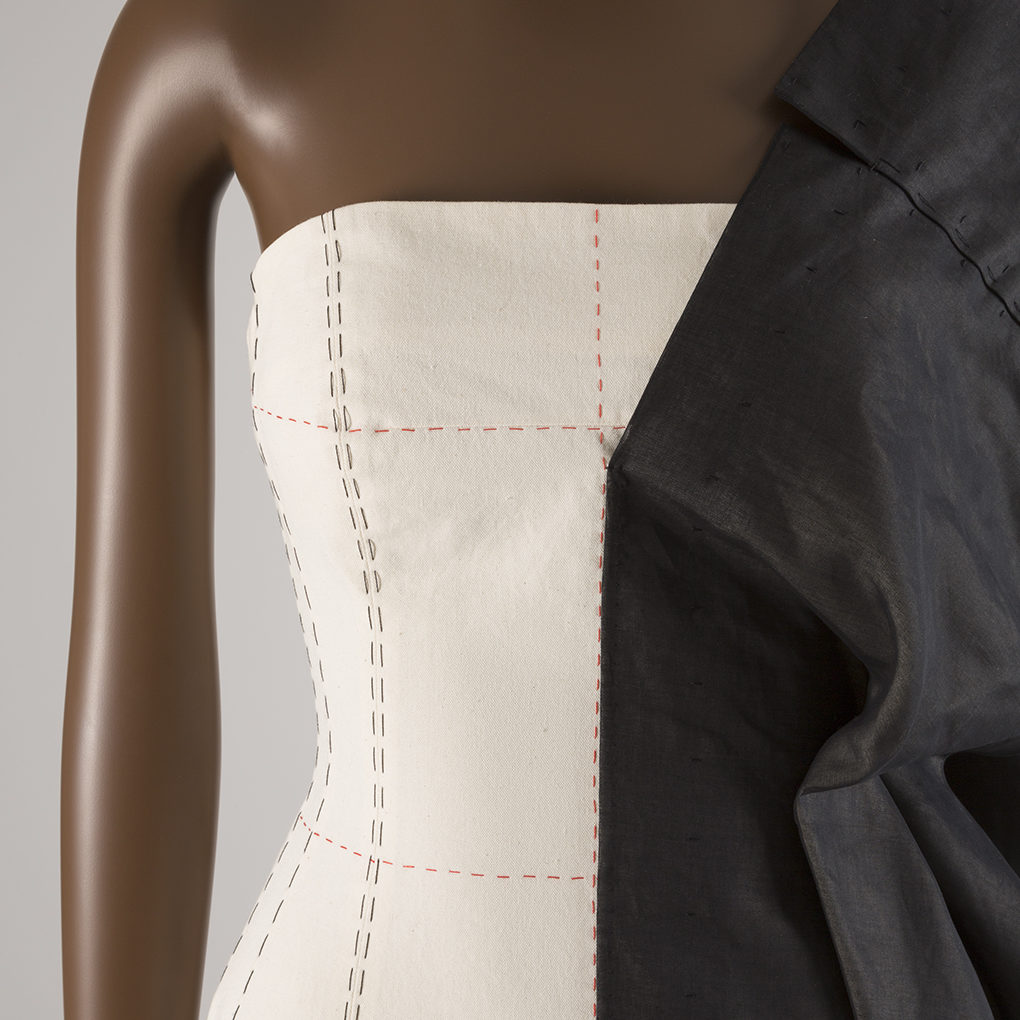
May 25 - November 17, 2018
Fashion Unraveled
Fashion Unraveled
Fashion Unraveled examined the concepts of imperfection and incompletion in fashion. Garments that were altered, unfinished, or deconstructed, in addition to clothing that shows signs of wear, highlighted the aberrant beauty in flawed objects. Unless such imperfections are intentional — as they are in the case of deconstructed fashion — these garments are often overlooked in museum collections. This exhibition included a selection of objects from the museum’s permanent collection, highlighting objects that are not...
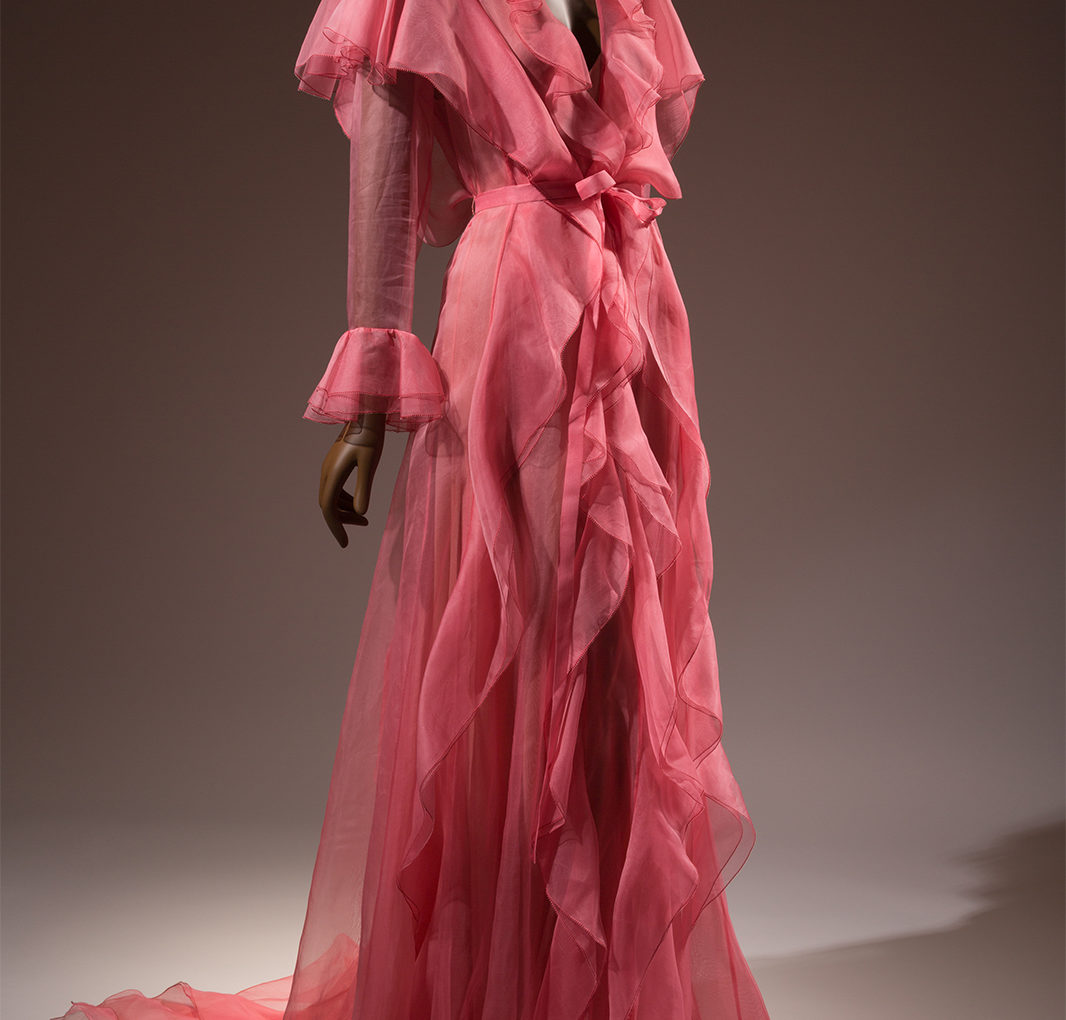
September 7, 2018 - January 5, 2019
Pink: The History of a Punk, Pretty, Powerful Color
Pink: The History of a Punk, Pretty, Powerful Color
Pink is popularly associated with little girls, ballerinas, Barbie dolls, and all things feminine. Yet the symbolism and significance of pink have varied greatly across time and space. The stereotype of pink-for-girls versus blue-for-boys may be ubiquitous today, but it only gained traction in the mid-twentieth century. In the eighteenth century, when Madame de Pompadour helped make pink fashionable at the French court, it was perfectly appropriate for a man to wear a pink suit,...